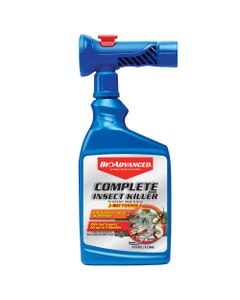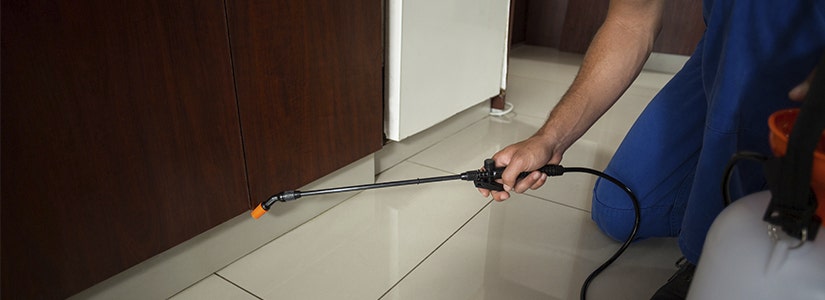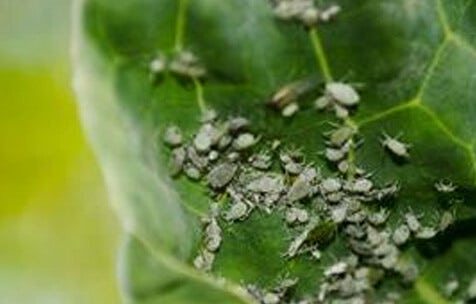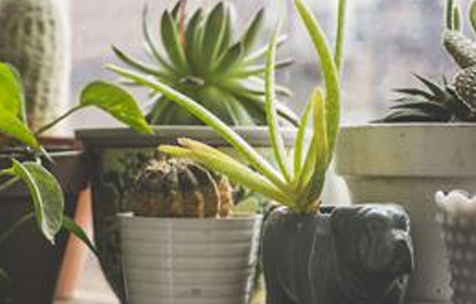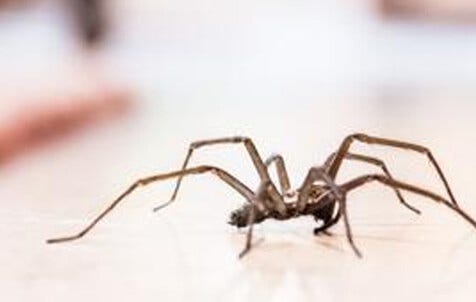

- Home
- Perimeter Treatments to Spray For Bugs & Insects
Perimeter Treatments to Spray For Bugs & Insects
An insecticide perimeter treatment serves as a first line of defense around your home, stopping pests before they enter. This type of treatment offers one of the best insecticide defenses against outdoor pests that migrate inside for winter, including Boxelder Bugs, Stink Bugs, and Asian Lady Beetles.
Perimeter treatments form a barrier on exterior surfaces –house, exposed foundation, soil and nearby plant material. Typically a perimeter treatment blankets a 3-foot-wide zone in two directions: from the ground up the house wall and from the house wall outward.
Timing Is Key
For fall treatments, timing is critical. Get the perimeter treatment in place before insects start gathering in large numbers. Insects migrate toward winter shelter based on changes in temperature and day length. Contact your local extension office to learn approximate times you can expect insect invasions.
Choose Your Favorite Type of Insecticide
Insecticides used for perimeter treatments come in two forms: liquid or granule. Which one you use depends on your own preference, although liquid forms offer the flexibility to treat vertical and hard surfaces.
Liquid Insecticides
Ready-to-use sprays attach to your hose and mix to proper concentrations as you spray. These sprays offer easy storage for leftover chemicals. Alternately, you can dilute insecticide concentrate and apply with a pressurized hand-held sprayer. Be sure to choose a sprayer you can physically carry when spraying for bugs.
Hint for Success To avoid mixing more insecticide than you need, mix and spray a small amount at first to see how far it will go. Treat turf with a coarse spray to penetrate between grass blades. Use a liquid insecticide to spray for bugs around and against the house and other structural surfaces.
Granule Insecticides
Apply using a drop spreader or a hand-held spreader. If your spreader isn't listed on the insecticide label, call the customer service 1-800 number on the label.
Hint for Success Water in granules after application, unless rain is predicted.
Application Tips
- Create a continuous band without skips to form an effective perimeter barrier.
- Treat soil, turf, mulch or walkways adjoining foundation or porches.
- When spraying liquid to kill and control bugs, spray with the wind to avoid getting drenched.
- Spray where dissimilar building materials meet –where siding joins window frames or where brick meets wood trim. Spray areas where utilities enter the structure and around doors and windows.
- Apply to other areas where you spot insect activity: sheds, woodpiles, garages, carports, etc.
- Remove vegetation from within 12–24 inches of your house so insects cannot cross the barrier via leaves.
- If insect pressure is intense, widen the treatment band up to 10 feet.
When To Call a Professional
How do you know when you can't treat the problem effectively? When you're outnumbered. Large infestations of invasive pests –like when thousands of Stink Bugs or Lady Beetles swarm your home and enter by the hundreds –are too much for the average homeowner to handle. In these cases, the entire home needs to be treated, including roof eaves and soffits. A professional has the equipment to treat on a large scale.
When you're battling wood-destroying insects
Once Termites or Carpenter Ants actively infest your home's wooden structure, you need help. This insect group includes Drywood Termites, Powderpost Beetles, Carpenter Ants and Old House Borers.

